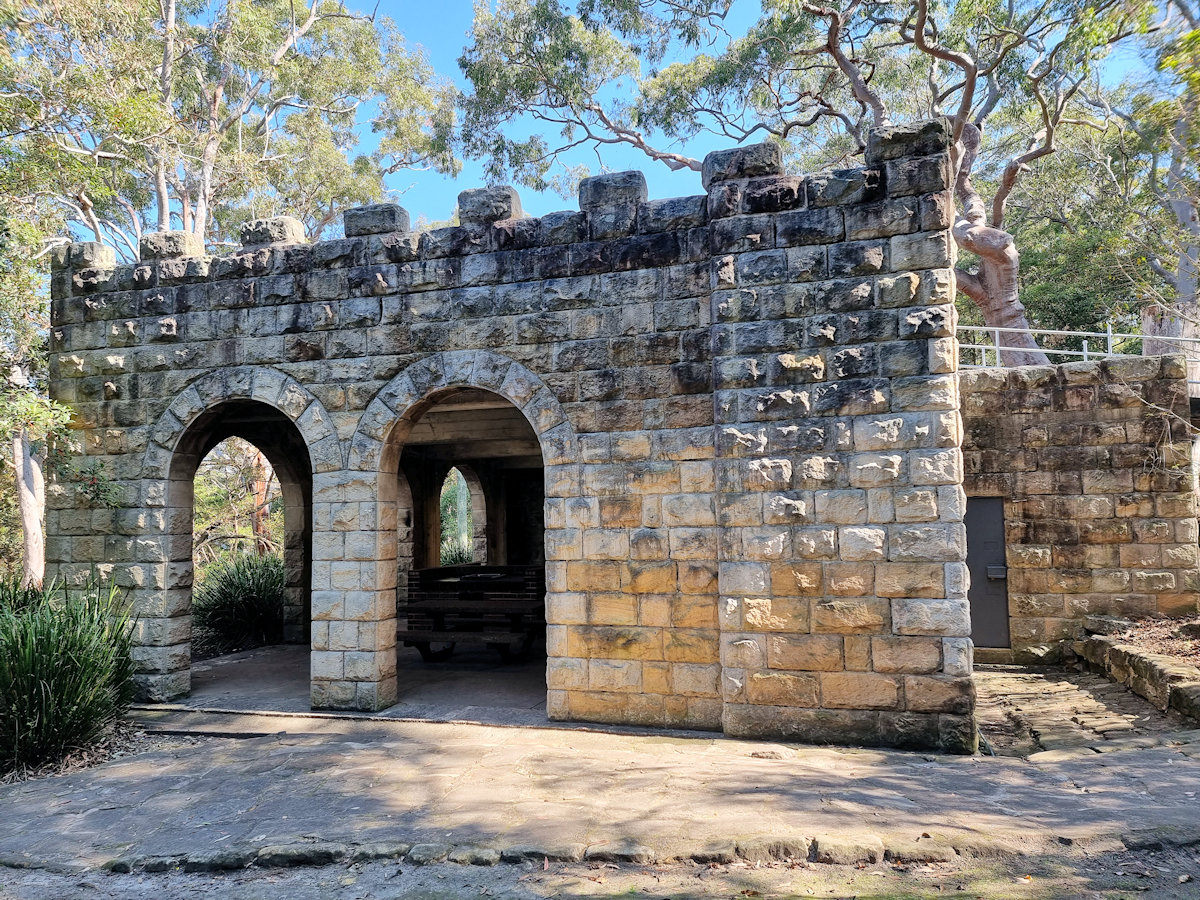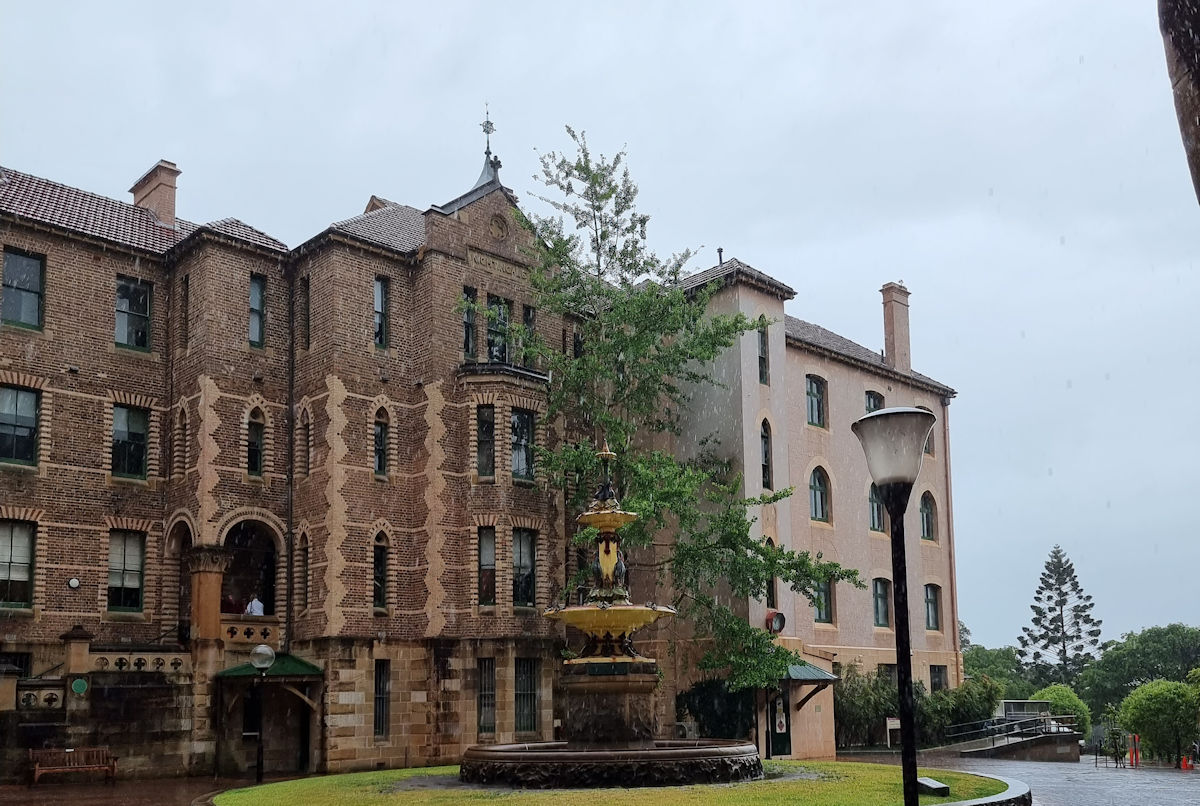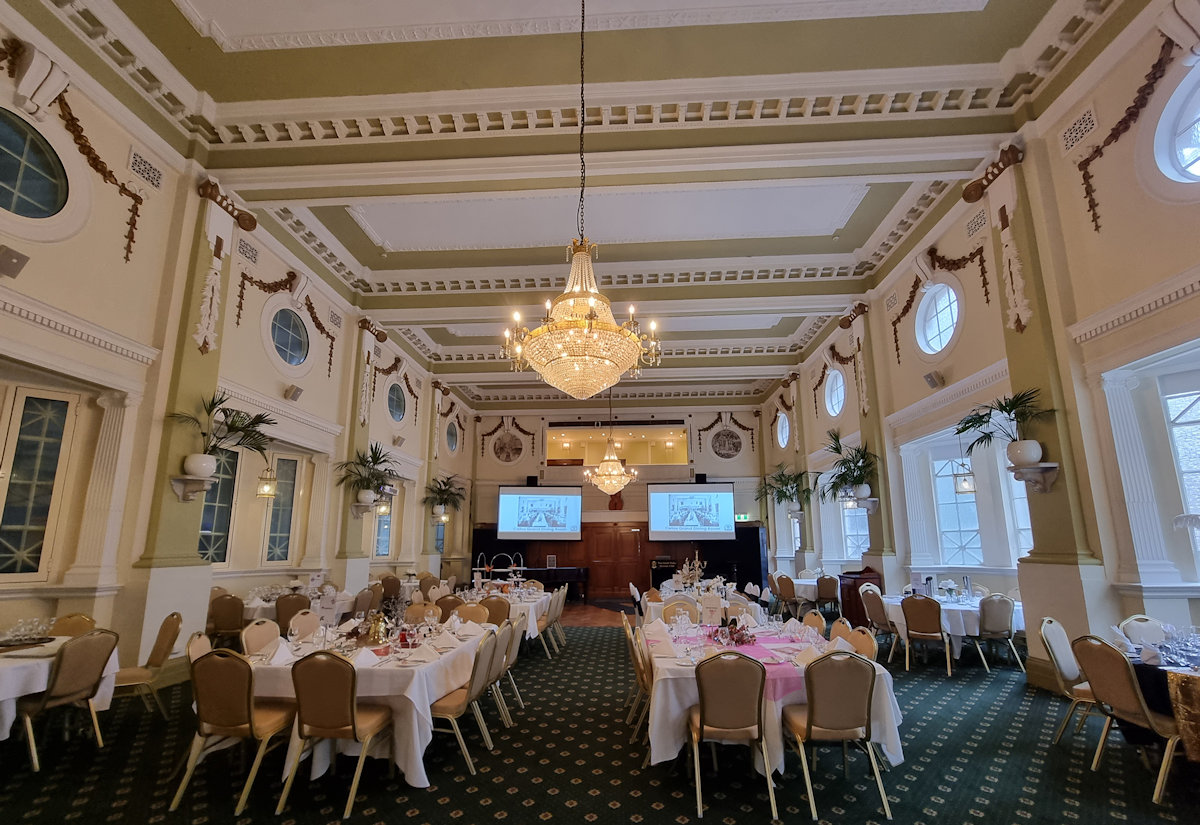Category: Sydney
-
Oatley Park and Castle Australia

Oatley Park, Sydney Australia Overlooking the Georges River, Oatley Park is a sprawling 112-acre reserve offering activities from swimming and walking to picnics and a children’s playground. Dating back to the early European settlement of Australia the land was granted to Thomas Oatley in 1831, who established an extensive vineyard and orchard. However, it wasn’t… Read more
-
Nightingale Wing Sydney Hospital

Nightingale Wing Sydney Hospital Nightingale Wing Sydney Hospital Located in the Sydney CBD, the Nightingale Wing, Sydney Hospital, is a historical building of both medical and architectural significance. Completed in 1869, this sandstone and polychrome-brick Gothic Revival structure is the site of the first nursing school in Australia. History The Nightingale Wing owes its name… Read more
-
NSW Masonic Club

NSW Masonic Club Located in the heart of Sydney, the NSW Masonic Club was built in 1927 incorporating Gothic Revival and Art Deco styles. Meticulously restored, the building is heritage listed ensuring its preservation for future generations to enjoy. As a functioning hotel, access to the many rooms is not always possible. However, during the… Read more